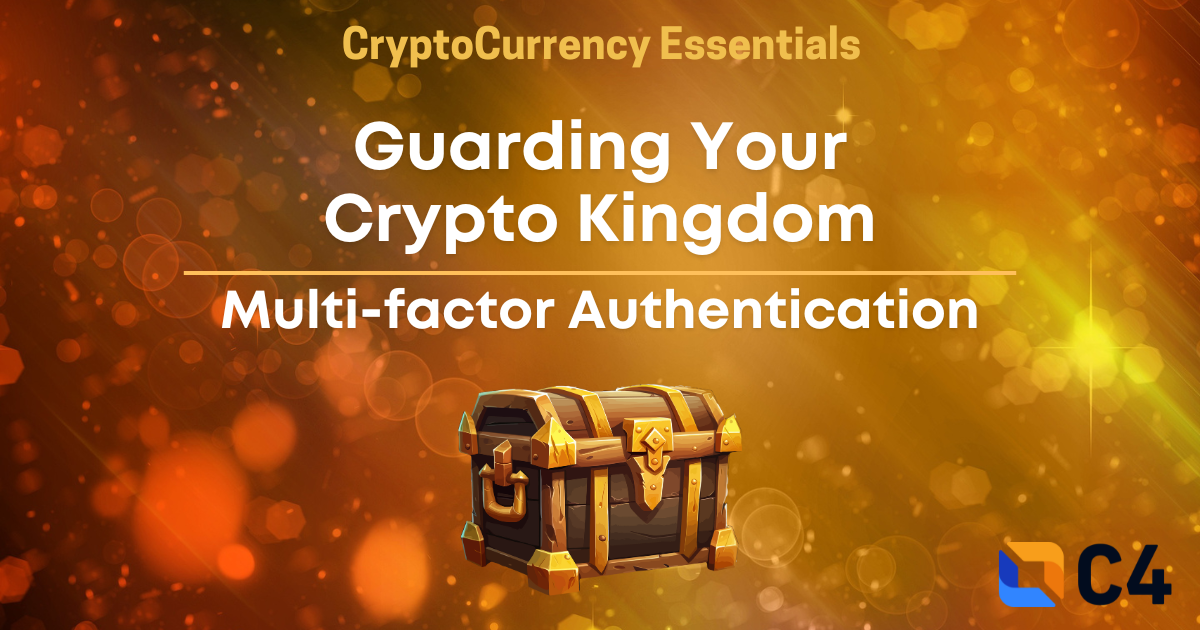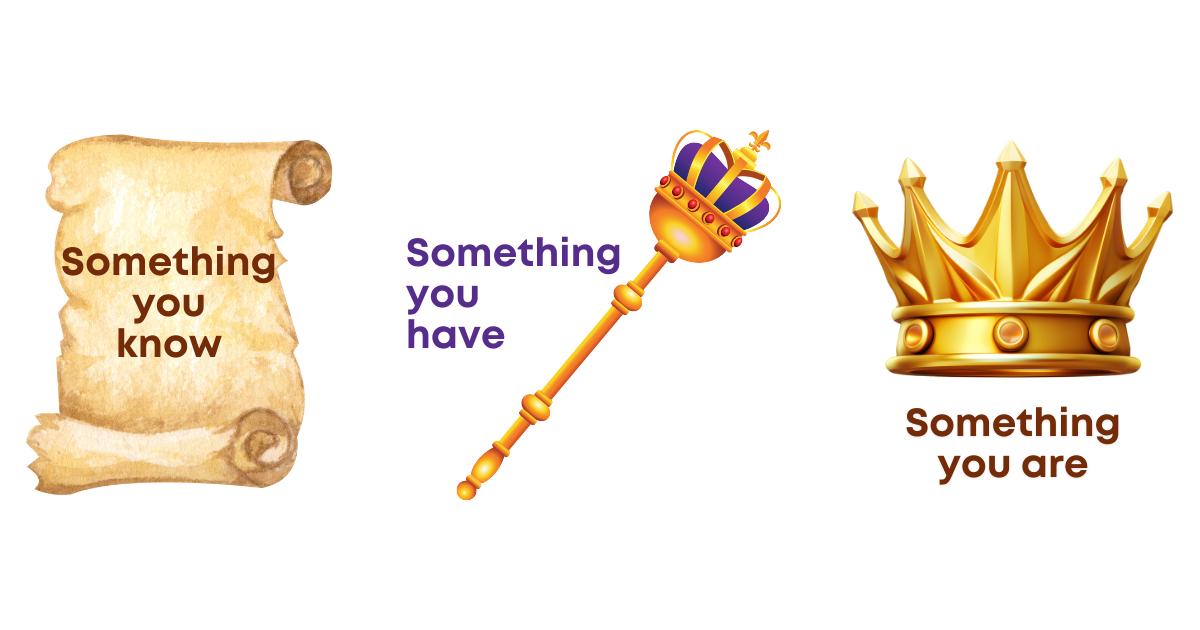
Overview
In the rapidly evolving world of cryptocurrency, the sanctity of one's crypto assets is paramount. As digital thieves become more sophisticated, so must our defense mechanisms. One of the primary tools at our disposal to fortify our accounts against unauthorized access is Multi-Factor Authentication (MFA). This blog explores what MFA is, the types of authentication factors involved, and crucial steps to ensure you utilize MFA optimally for your crypto exchange account.
What is Multifactor Authentication?
At its core, MFA is a security process that requires an additional step for verification instead of relying solely on a password. MFA adds additional layers of security, thereby drastically reducing the chances of unauthorized access.
Imagine a high-security facility. Instead of just one lock on a door, the user might have to have a key and swipe a badge to open the door. Similarly, with MFA, even if a cyber-thief manages to get past one layer (e.g., knows your password), they still have more hurdles to clear before accessing your account.

Types of Authentication Factors
Authentication factors for MFA can generally be categorized into:
- Something you know: This is the traditional password or PIN. It's something that you've memorized and can recall upon request.
- Something you have: This refers to a physical device in your possession, such as a security token, a smart card, or even your smartphone where you might receive a one-time code via SMS or through an authenticator app.
- Something you are: These are biometric methods of identification such as fingerprint scans, retina scans, or facial recognition.
For crypto exchanges, a common combination involves using a password (something you know) and then a code generated by an authenticator app or received via SMS (something you have).
Turn MFA On ASAP!
Given the value and volatility of crypto assets, it is crucial to turn on MFA for your crypto exchange account immediately if you haven’t already. While it might seem like an extra step during login, the benefits in terms of account security are immense. Without MFA, if someone manages to get a hold of your password, they have instant access to your funds. With MFA, that password alone is useless to them.
Backup Your MFA Codes
Most platforms, when setting up MFA, will provide you with backup codes. These are crucial. If for some reason, you lose access to your primary MFA device (e.g., you lose your phone), these backup codes will be your ticket back into your account.
- Store them securely: These codes are as important as your password. Print them out and store them in a safe place, away from prying eyes.
- Avoid digital copies: It's tempting to screenshot or save these codes in your email. However, if your email gets compromised, these backup codes can be a goldmine for hackers.
- You can instead store these securely in a password manager. Keep in mind though that doing so means your accounts may still be compromised in the event your password manager is hacked. You may wish to store your 2FA codes separately or ensure your password manager is also protected by 2FA.
Securing Your MFA Codes
- Securely Store Backup Codes: Treat MFA backup codes with the same level of care as you would a password. Keep them in a safe and separate location, away from your primary device. Consider using a physical safe or a secure digital storage option like a password manager.
What Not to Do:
- Avoid Storing Backup Codes on Your Primary Device: It's essential to refrain from saving backup codes on the same device you use for MFA. Losing your device means losing access to your backup codes as well.
- Limit Access to Backup Codes: Share backup codes sparingly, if at all. They should be reserved for emergencies, preferably for your use only. Avoid placing them in easily accessible locations like your wallet or on sticky notes.
Good habits:
- Regularly Review and Replace Backup Codes: Be proactive and periodically review your backup codes. Make sure you have a sufficient supply of unused codes. If you're running low, generate a fresh set.
- Enable Account Recovery Options: Take advantage of account recovery options provided by some services. These options often involve setting up a secondary email address or phone number. Ensure that these recovery options are up-to-date.
- Test Backup Codes: Before you actually need them, verify the functionality of your backup codes. This way, you can be confident they will work when required.
- Understand Expiry Dates: Keep an eye out for any expiry dates on backup codes set by platforms for security reasons. Replace any expired codes as necessary.
- Generate New Codes if Compromised: If you suspect that your backup codes have been compromised, generate a new set immediately. Treat this process like changing a potentially exposed password.
- Regularly Review MFA Settings: Periodically check your MFA settings on each platform to ensure correct configuration. Make any necessary updates or changes.
- Consider Using Hardware Tokens: Instead of relying solely on backup codes, consider the use of physical hardware tokens for MFA. These convenient devices generate one-time codes and enhance security.
Summary
In a realm as dynamic and promising as cryptocurrency, security is paramount. Multi-Factor Authentication offers an invaluable layer of protection for your crypto exchange account, shielding your investments from potential unauthorized access. Major exchanges such as Coinbase support strong 2FA like auth app and security keys, so take advantage of that for better security. By understanding its importance, enabling it promptly, and ensuring that backup codes are securely stored, you make a significant stride towards safe and worry-free crypto trading. Don't wait – secure your crypto future with MFA today!
This article was written by our CryptoCurrency Essentials (CCE) Committee, with special thanks to committee member Manan Vora.
Disclaimer
The information presented in this article is for educational and informational purposes only. It does not constitute financial advice, investment recommendations, or any form of endorsement.
The views and opinions expressed by individuals in this article are solely those of the speakers and do not necessarily represent those of C4 or any other organizations with which they are affiliated.
The mention or inclusion of any individuals, companies, or specific cryptocurrency projects in this video should not be considered as an endorsement or promotion.
Regulations and legal frameworks around cryptocurrencies may vary in different jurisdictions. It is your responsibility to comply with the applicable laws and regulations of your country or region.
